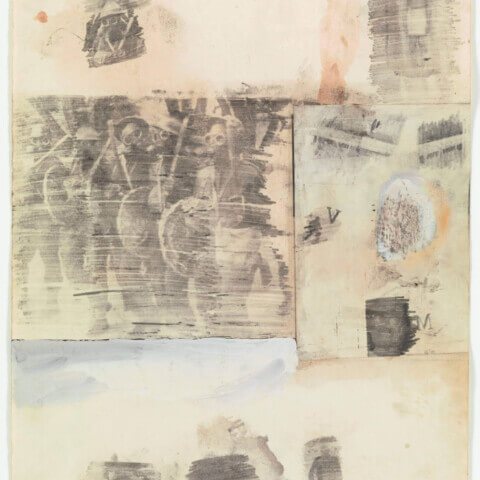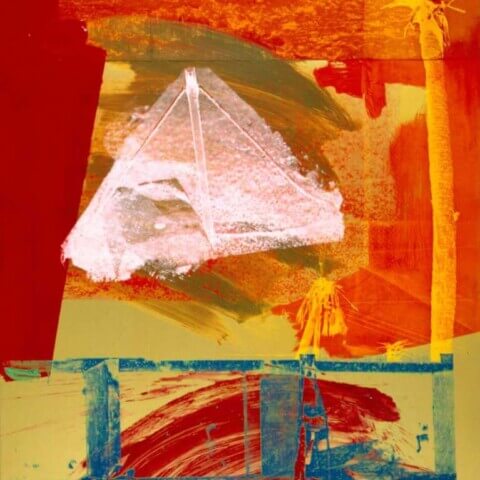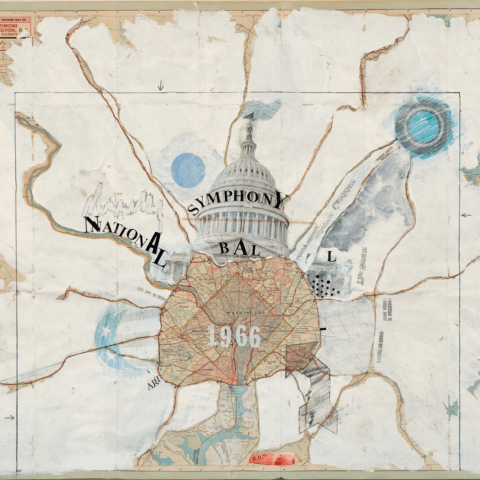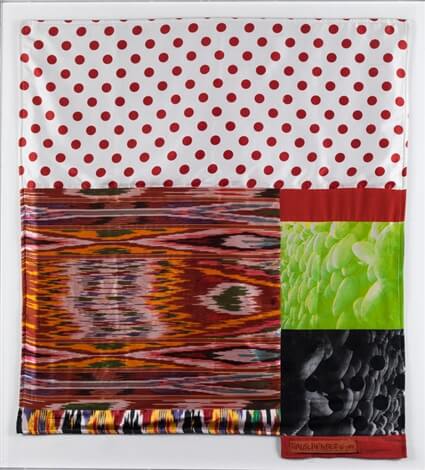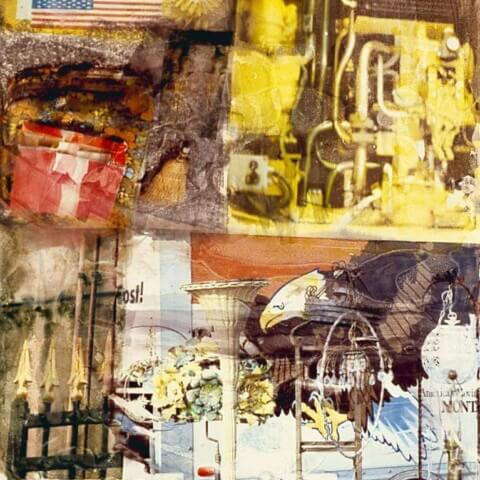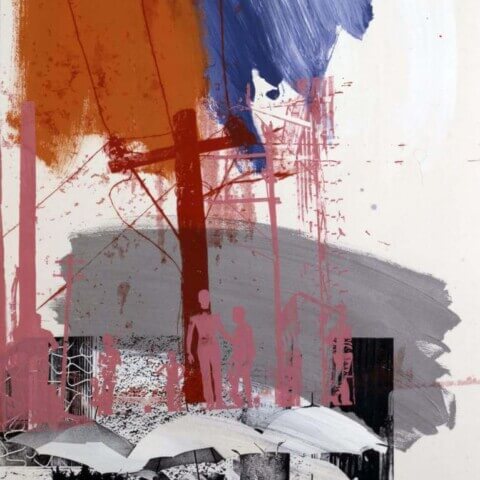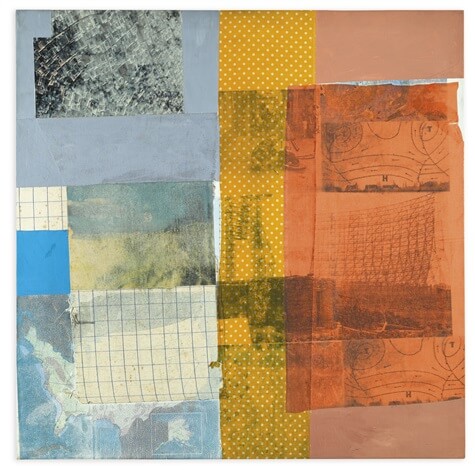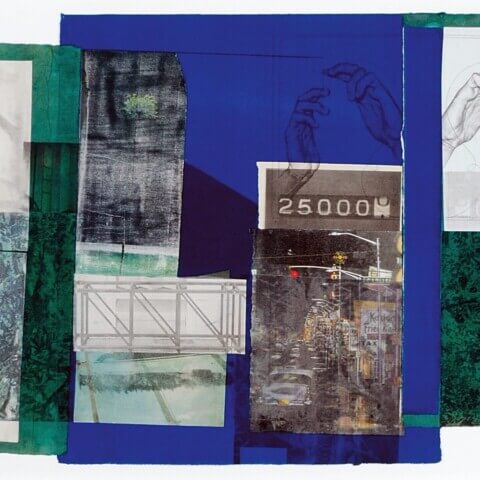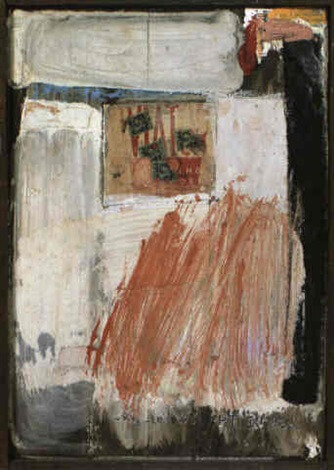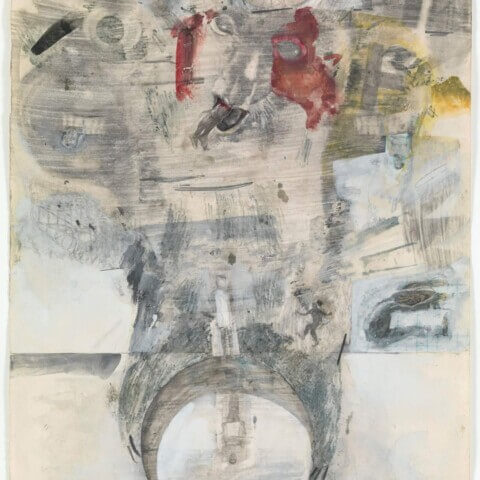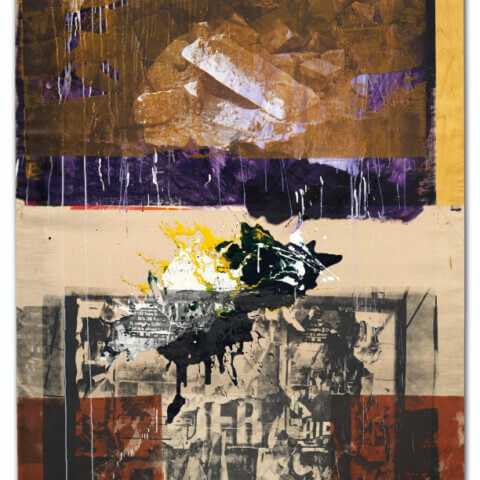Robert Rauschenberg
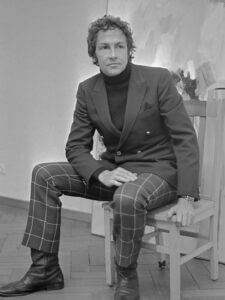
Robert Rauschenberg (October 22, 1925 – May 12, 2008) was an innovative and highly influential American artist renowned for his groundbreaking work across various mediums. He is widely regarded as one of the leading figures of the Neo-Dada movement and a significant influence on the development of Pop Art.
Born Milton Ernest Rauschenberg in Port Arthur, Texas, he studied at the Kansas City Art Institute and the Académie Julian in Paris before settling at Black Mountain College in North Carolina, where he was taught by and worked alongside leading figures of the American avant-garde.
Rauschenberg was known for his experimental approach to art and his eagerness to break from traditional artistic practices. He worked in a broad range of media, including painting, sculpture, printmaking, photography, and performance. His “Combines”, a term he coined for his works that integrated painting and sculptural elements, are among his most celebrated works. These works blurred the lines between art and everyday objects and often incorporated found materials, highlighting his interest in the interplay between art and life.
Notable Combines include “Bed” (1955), in which he applied paint to a quilt, sheet, and pillow, and “Monogram” (1955-59), featuring a stuffed angora goat encircled by a tire atop a painted panel. These works challenged the conventions of the art world and helped to redefine what could be considered art.
Throughout his career, Rauschenberg engaged in collaborative efforts. He was one of the co-founders of the interdisciplinary performance group “Experiments in Art and Technology” in 1966, and he worked closely with choreographers, musicians, and engineers. His work in the performance art sector, particularly his collaborations with choreographer Merce Cunningham and composer John Cage, further emphasized his innovative, boundary-pushing spirit.
Rauschenberg’s influential career spanned six decades, during which time he continually expanded his creative practice, pushing the boundaries of what was possible in visual art. His innovative approach and willingness to challenge conventions have left an indelible mark on the art world, influencing countless artists and shaping the course of contemporary art. He passed away in 2008 on Captiva Island, Florida, where he had maintained his residence and studio since the late 1960s.

